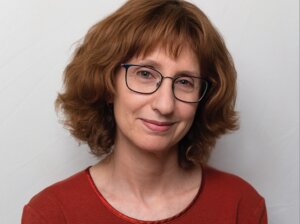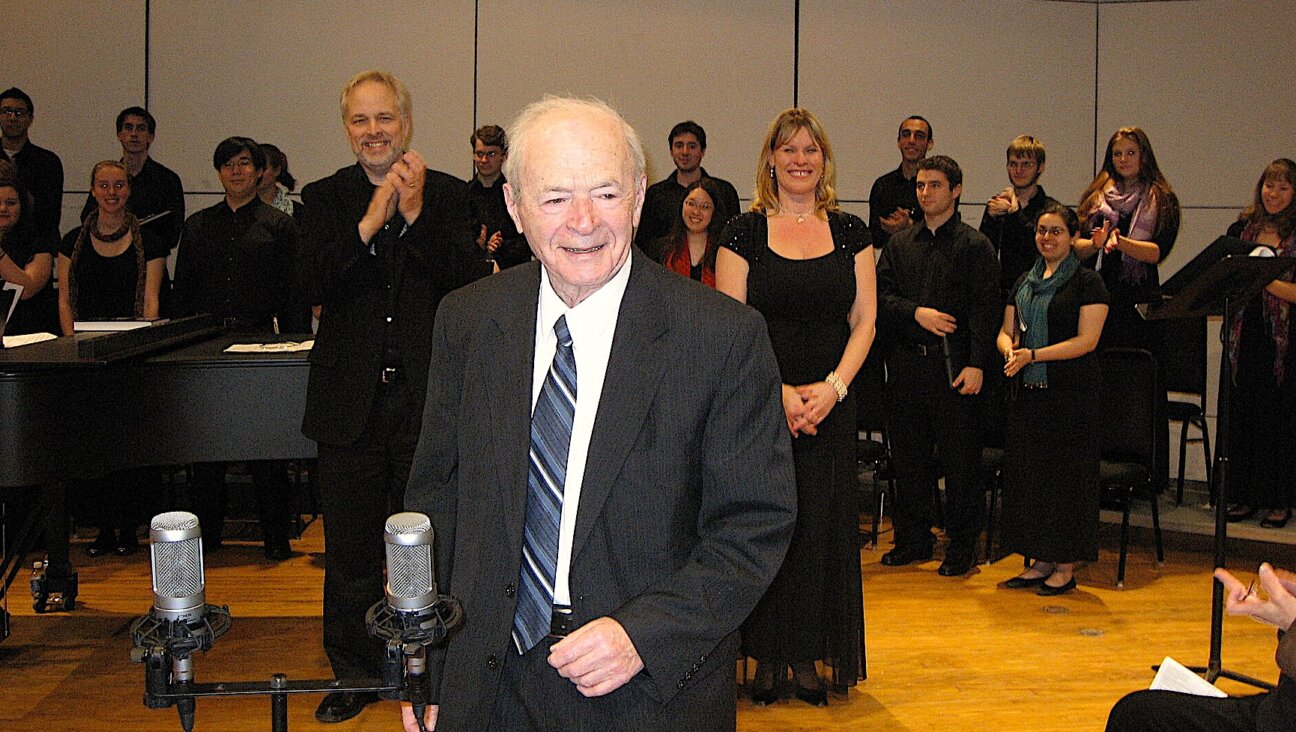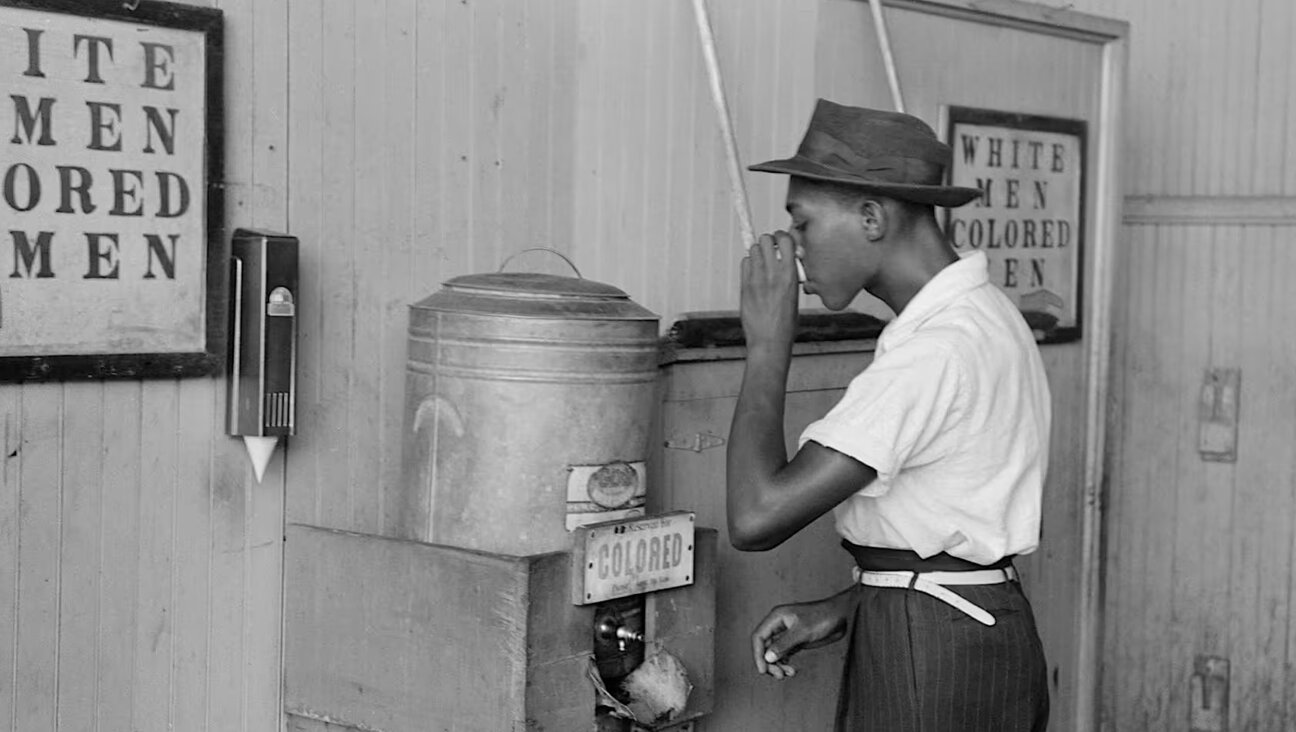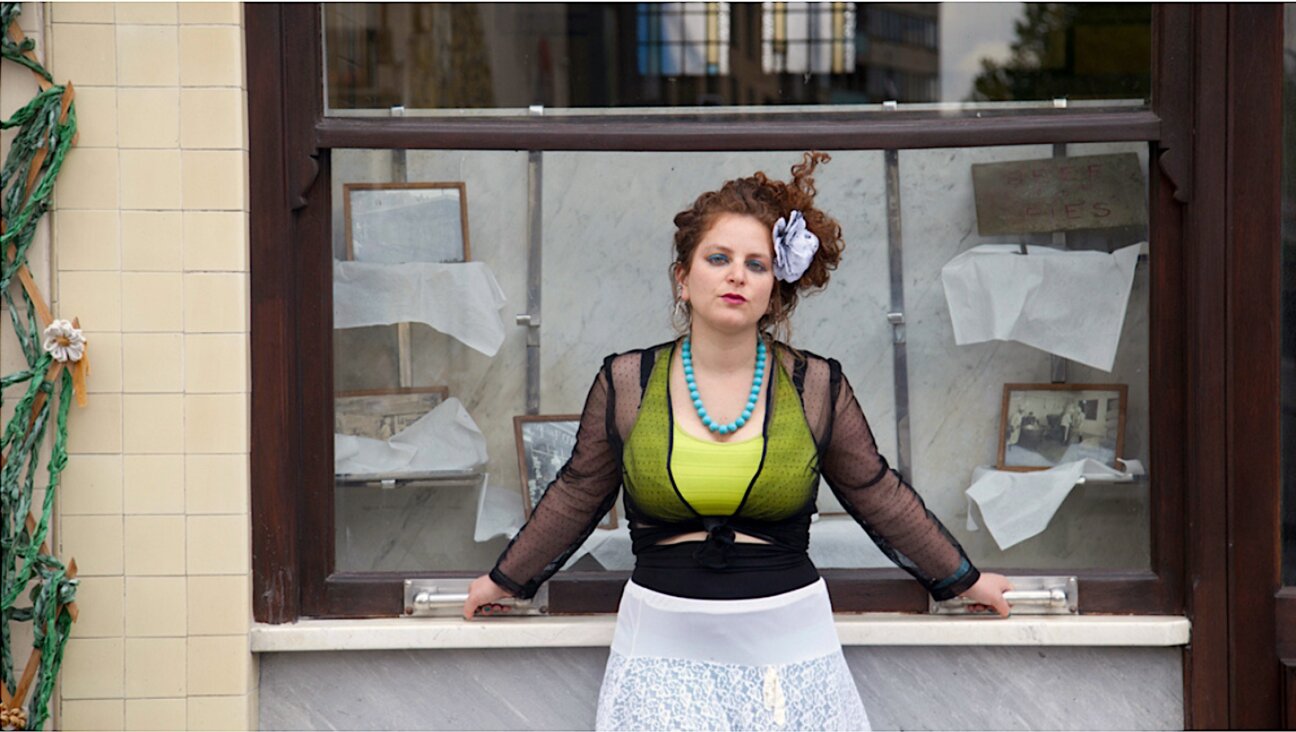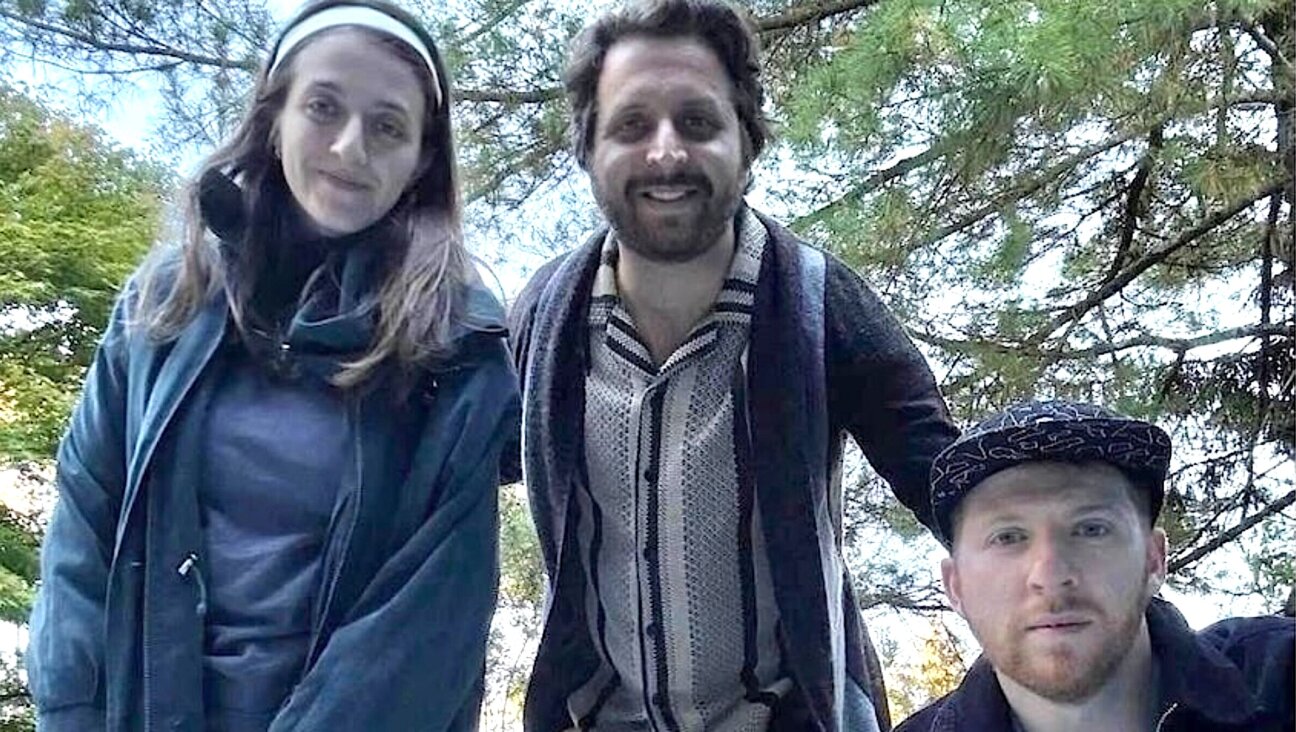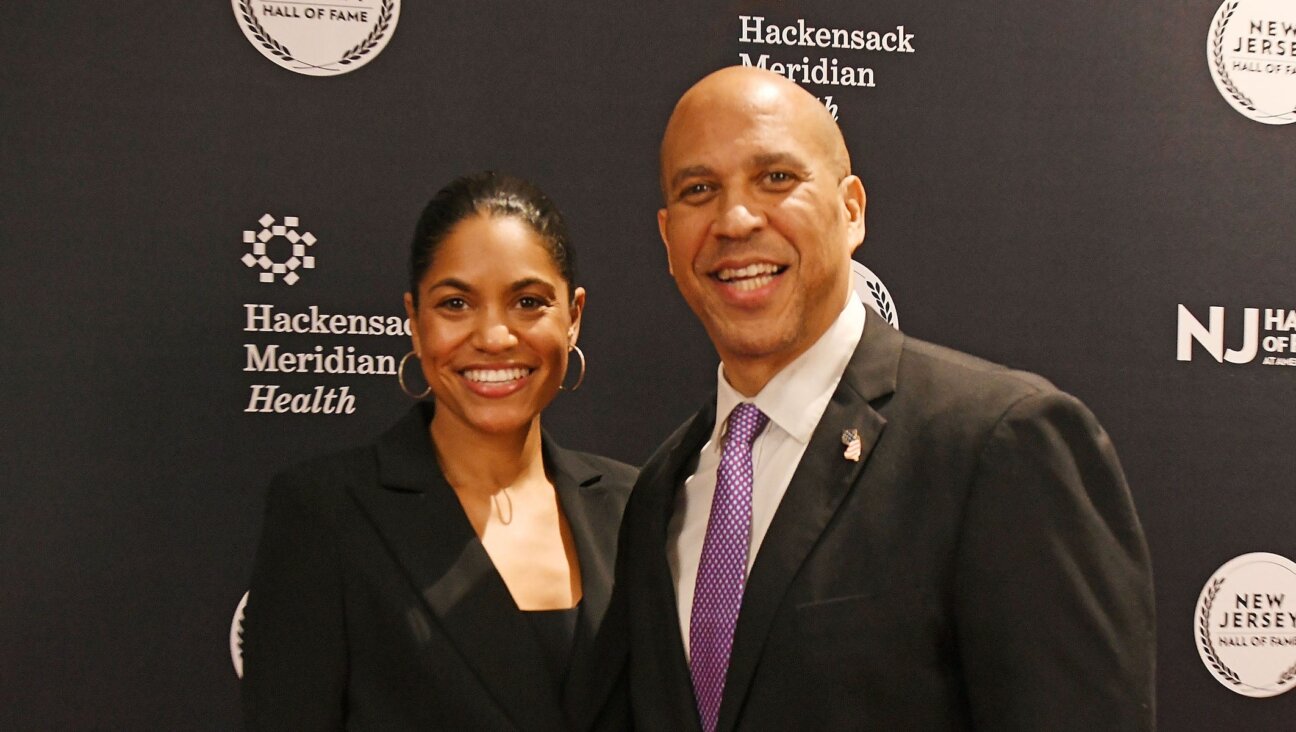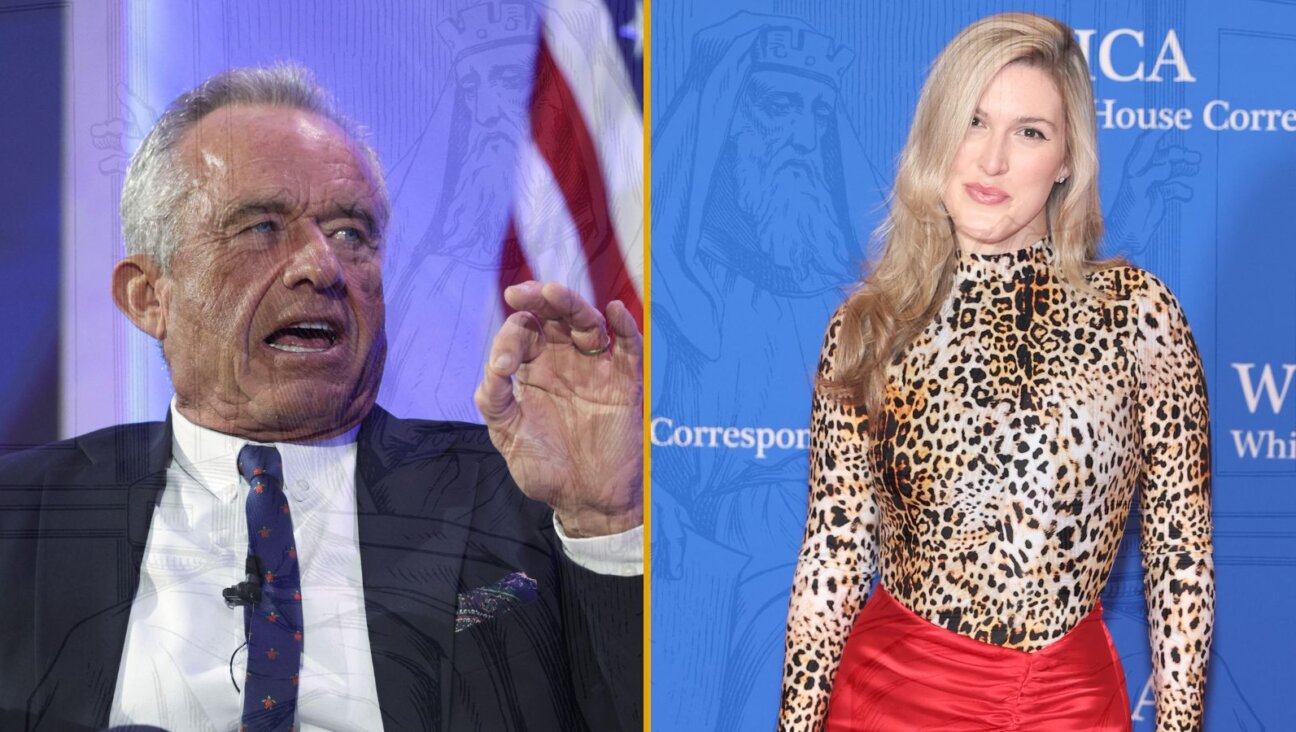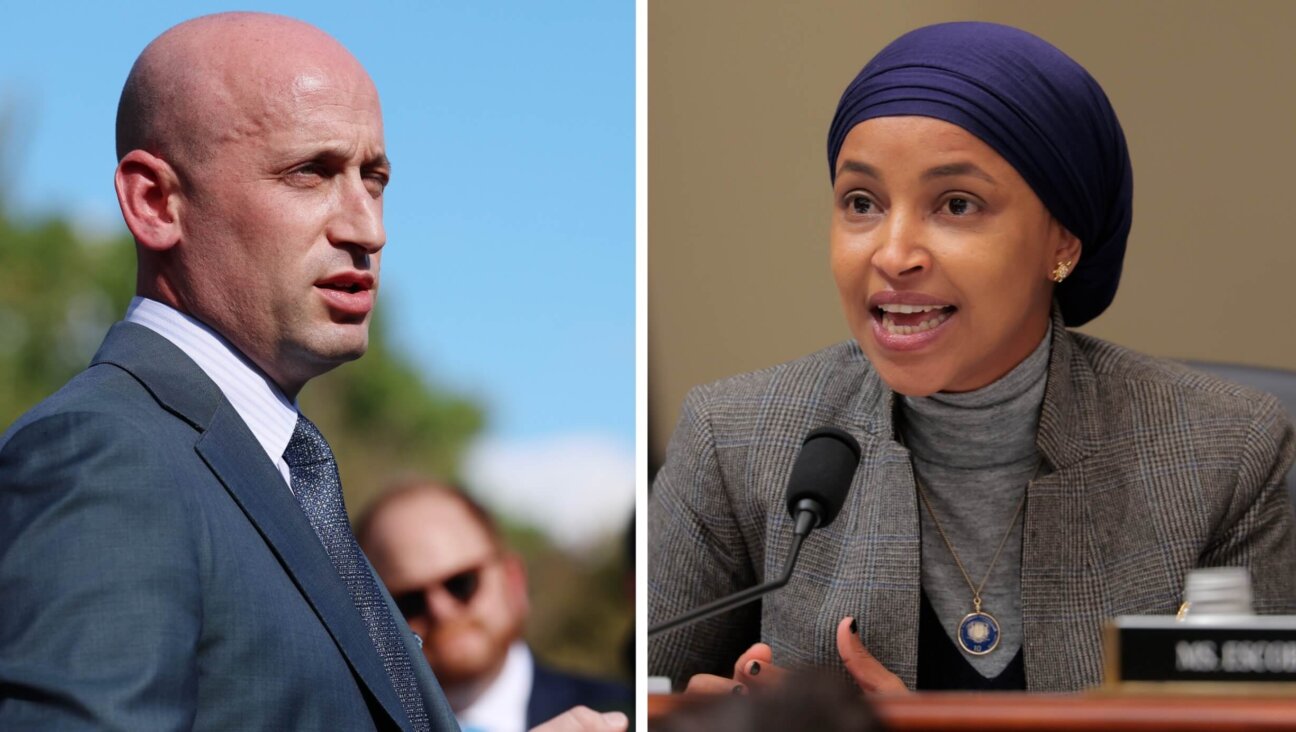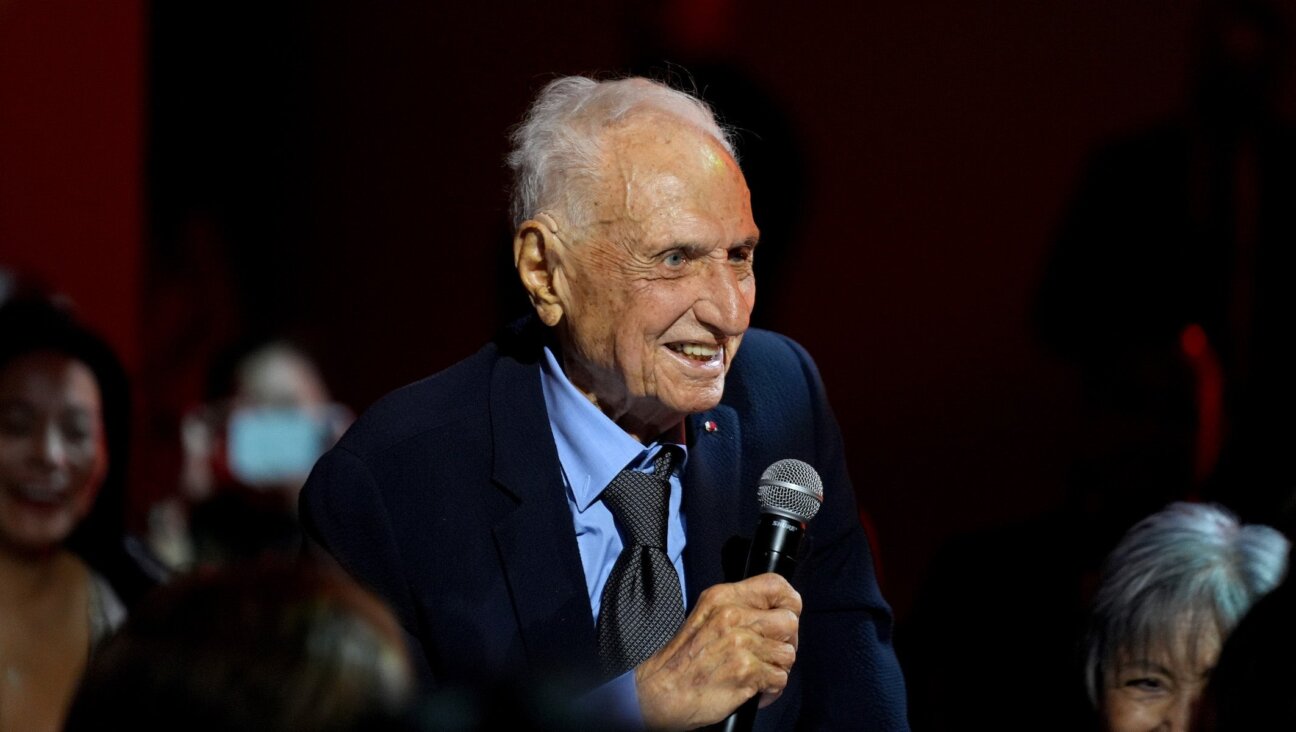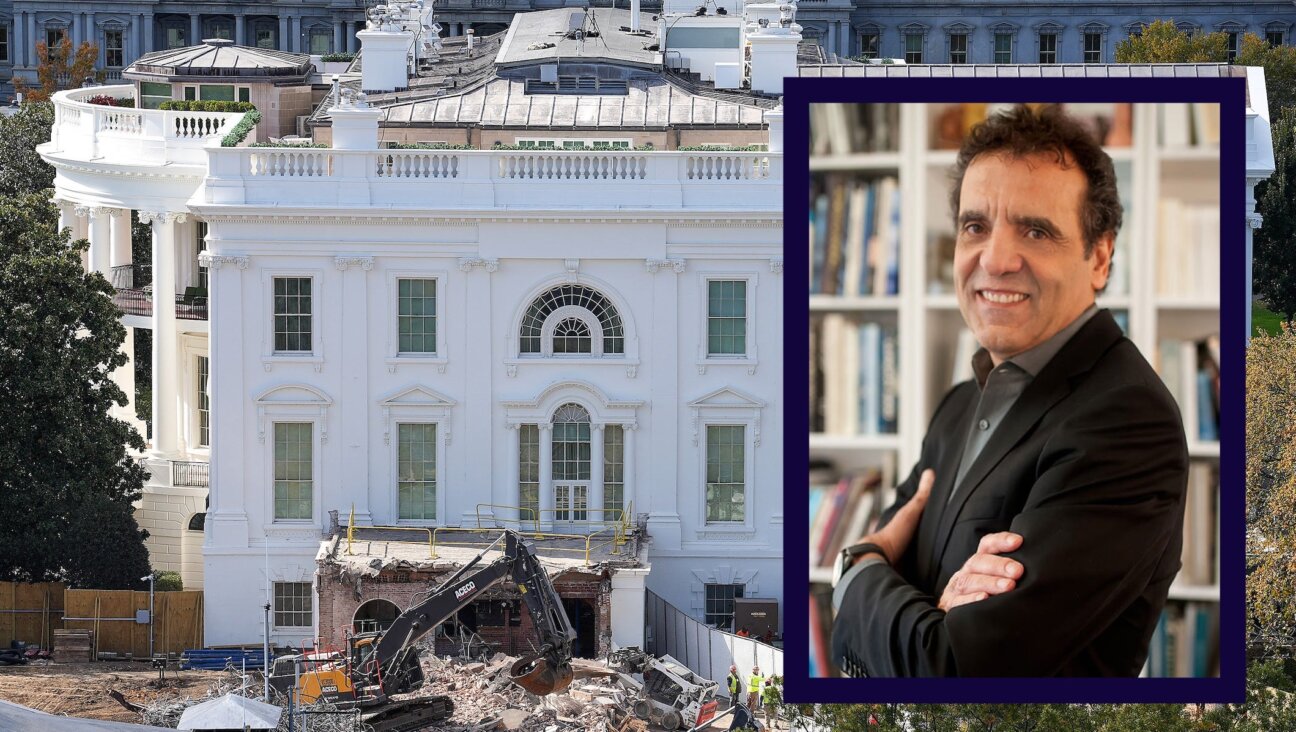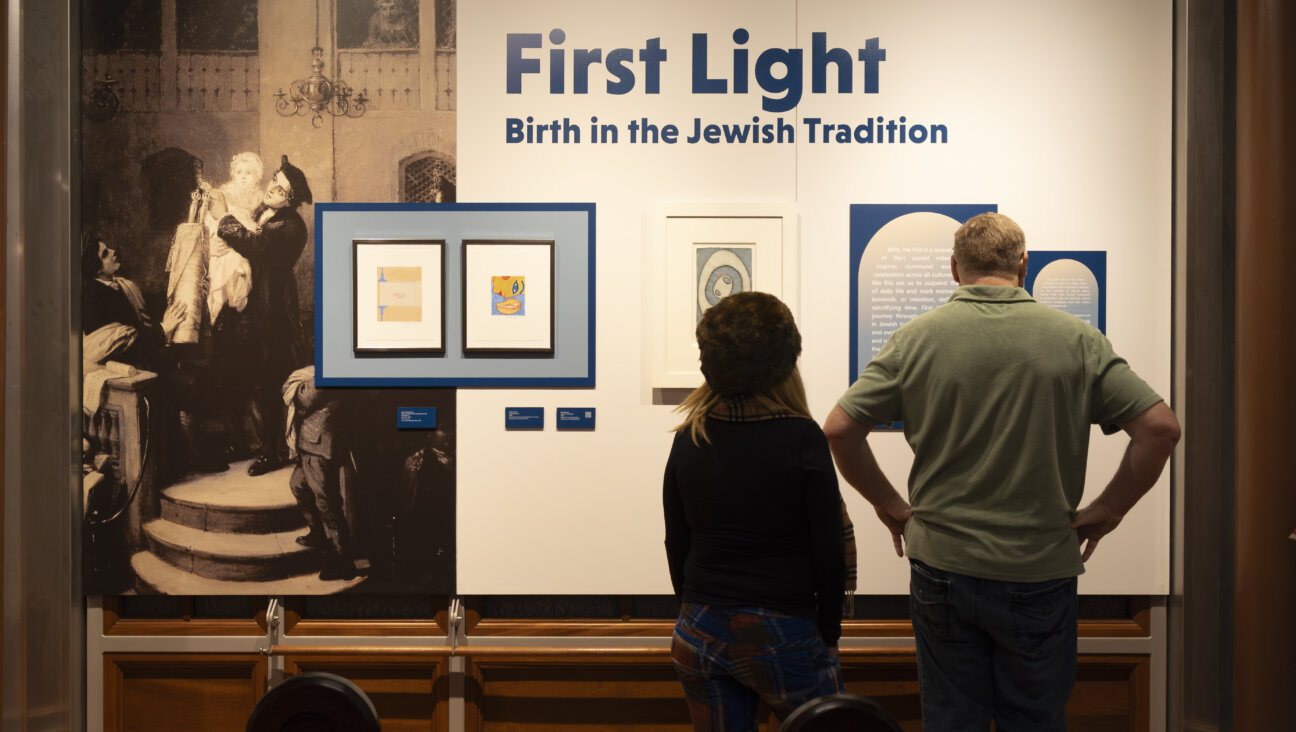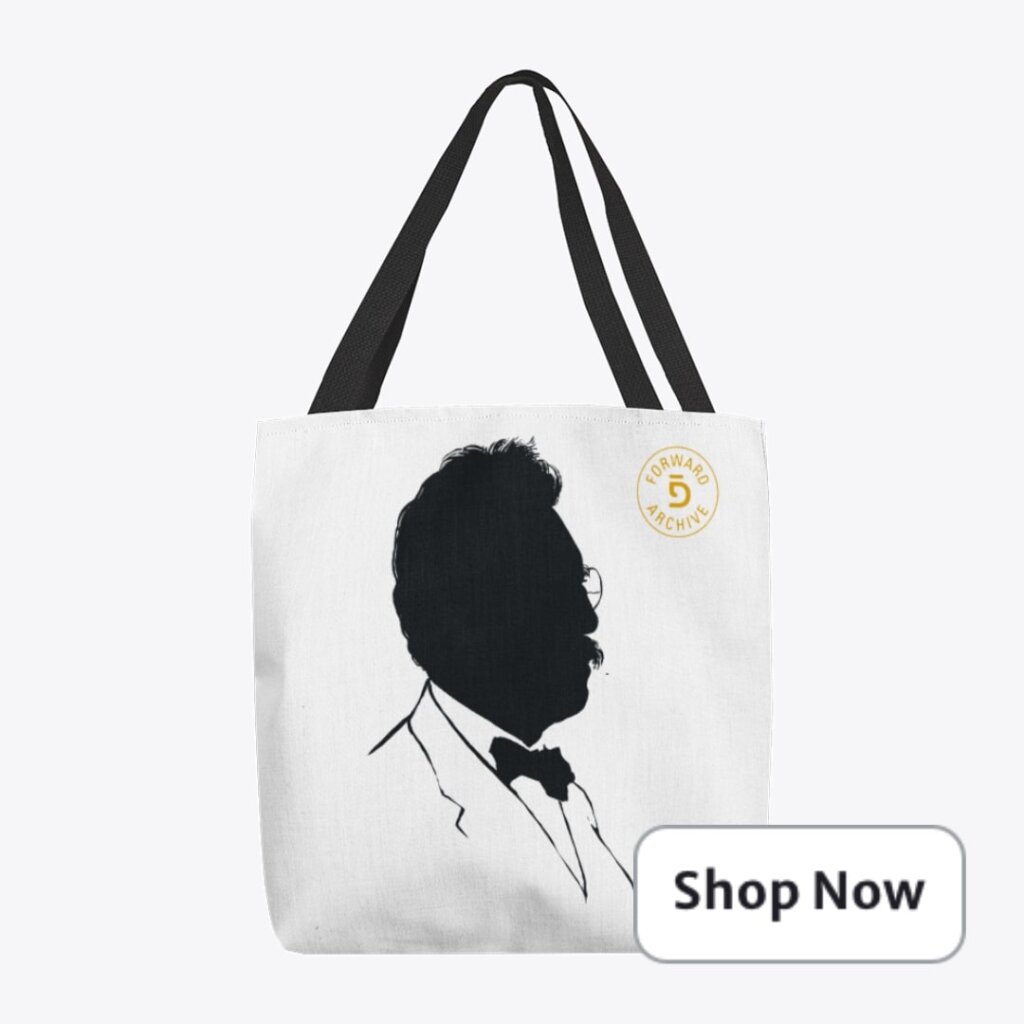VIDEO: Social media activist asks Jerusalem passers-by why Yiddish is important
Content creator Yirmiyahu Danzig says Yiddish could bridge the psychological divide between Haredi and non-Haredi Jews
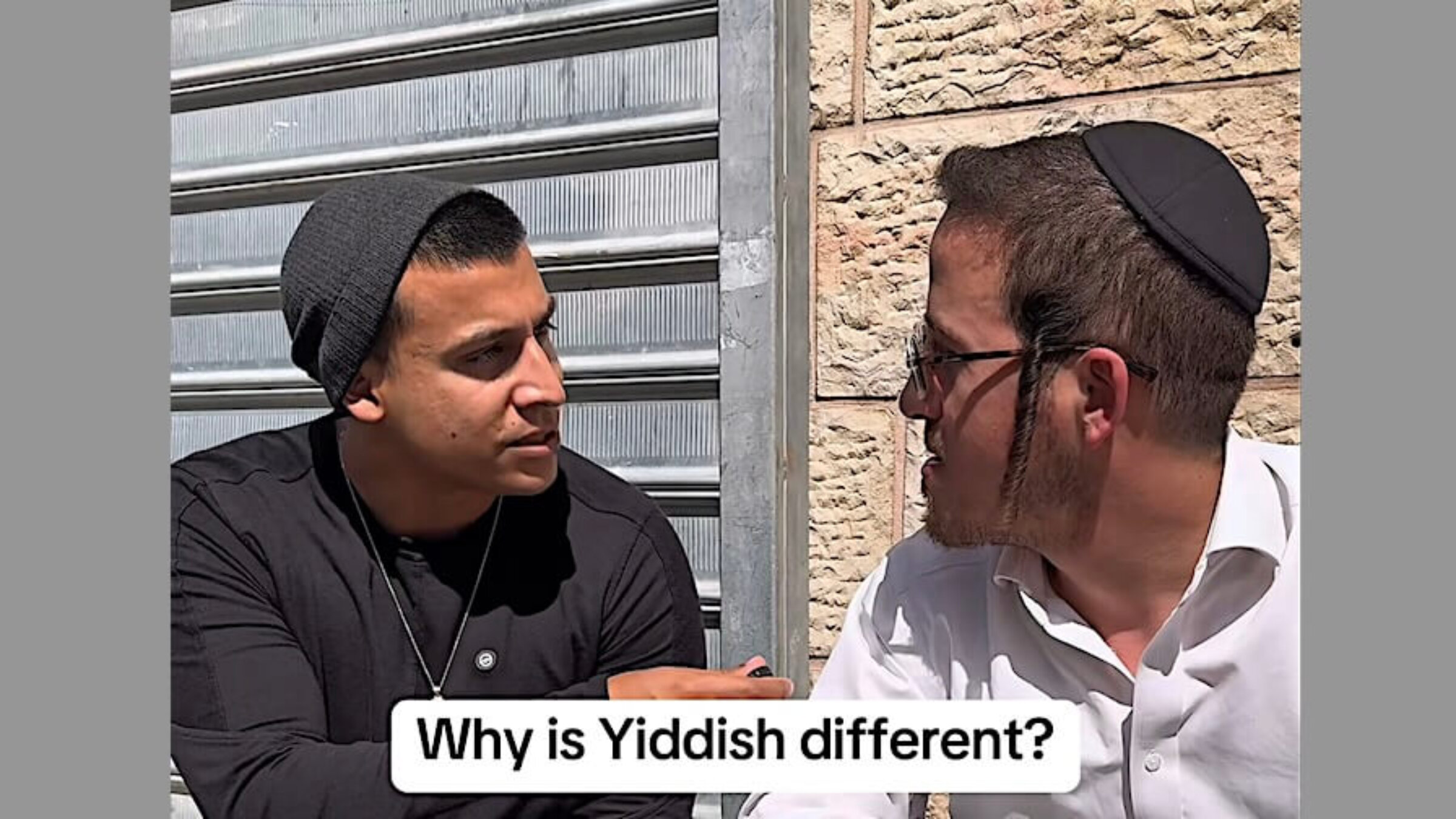
Yermiyahu Danzig interviewing a resident of Jerusalem. Photo by Yermiyahu Danzig
Yirmiyahu Danzig (aka @that_semite on Instagram and @Unpacked on YouTube), an Israeli Jewish rights and anti-racism activist of Caribbean and Ashkenazi descent, usually explores questions of identity on his Instagram account in English, Hebrew and Arabic. But last week, he posted a video where he speaks to Orthodox passers-by on the streets of Jerusalem — in Yiddish.
Although the official language of Israel is Hebrew, many Hasidic Jews in Israel speak Yiddish regularly.
Danzig, a digital educator for Unpacked, wrote me in an email that his work as an educator and activist is focused on dialogue. Until now his goal has been to try to bridge divides between Israelis and Palestinians through language, culture and empathy.
But in 2020, as tensions between Haredi and non-Haredi Israelis kept mounting over issues like the military draft, Danzig saw the same need for dialogue between those two groups as he did for Israelis and Palestinians — using language, culture and history to humanize, understand and imagine a shared future.
But he knew that he couldn’t access that world without knowing any Yiddish. So he decided to learn it, and did so on his own, using Yiddish language textbooks. He also took a few lessons, one-on-one, to practice speaking the language. “I’ve always found that speaking to people is the best way to internalize a language.”
Now that he’s fluent, Danzig created a video in the Haredi Jerusalem neighborhoods of Mea Shearim and Geulah in which he approaches people on the street with a microphone, asking them if they speak Yiddish.
In the clip, he begins by asking passers-by an easy question: “What’s your favorite Yiddish word?” — eliciting unsurprising responses like lekhayaim and zolst zayn gezunt un shtark, may you be healthy and strong. But the conversations get more interesting once he starts asking people why it matters to speak Yiddish in Israel.
Although there are no women in the clip, Danzig said it wasn’t intentional. “It was difficult to find Haredi women comfortable appearing on camera with a man,” he said. “But I remain committed to including more female Haredi voices, as I do across my work in Israeli and Palestinian society,” he said.
Danzig was raised in San Diego, with a father from Israel and a mother from Guyana. He was surrounded with Hebrew, Mizrahi music, reggae, hummus, falafel and plantains.
His father’s family traces back generations in Jerusalem’s Old Yishuv, the name used for the Jewish community in Palestine before the arrival of the modern Zionist movement. “My grandfather spoke Hebrew, Palestinian Arabic and Palestinian Yiddish,” he said. “I watched him move seamlessly between Jewish and Arab worlds in Jerusalem and Jaffa. He passed on to me his love for Hebrew and Arabic.”
Although Yiddish wasn’t part of his upbringing, Danzig expressed pride that he was a descendant of the Perushim — the students of the great 18th century Lithuanian rabbi, the Vilna Gaon, many of whom settled in in the Old Yishuv in the early 1800s and married local and Iraqi Jewish women.
In fact, the Yiddish dialect spoken in Jerusalem today, called yerushalmi yidish, is very similar to Lithuanian Yiddish — evidence of the deep linguistic influence that the Vilna Gaon’s students had on the language in Israel’s holiest city.
